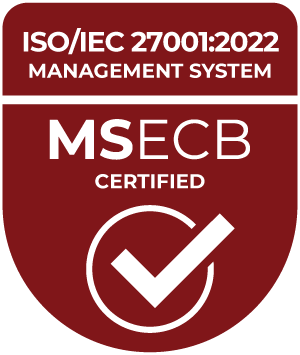By Technology
Explore the advanced capabilities of Numonix recording solutions and experience tailored solutions to enhance your recording infrastructure.
TDM Recording Technologies
Physical Connectivity: Each trunk in TDM environments requires a physical connection. Digital trunks efficiently handle multiple voice channels over one circuit.
Line Interface Cards: Interface seamlessly with digital and analog trunks using line interface cards for effective call recording.
Recorder: Gathers detailed call information via CTI or SMDR, including date/time, extension details, agent information, caller ID, and dialed number.
Selective Recording: Record only relevant calls passing through the trunks, eliminating internal-to-internal calls.
Digital & Analog Extension Side Recording
Recording of Non-IP Extensions: Passive recording for non-IP extensions on a PBX.
Cost-Effective: Generally more cost-effective than CTI integration.
Compatible Recording Card: Utilize a compatible recording card installed on the RECITE server and bridged to phones via a patch panel.
Comprehensive Recording: Record all calls made to and from an extension, including internal and external calls.
VoIP Call Recording
VoIP Recording Overview:
Voice over Internet Protocol (VoIP) recording, a vital component of telephone recording or voice logging, has evolved beyond its initial use in call centers to become indispensable for businesses across various industries. This technology converts audio into digital packets and subsequently into IP packets, enabling organizations to achieve diverse objectives.
Key Reasons for VoIP Recording:
Legal Compliance: Mitigate company vulnerability to lawsuits by maintaining recorded evidence.
Regulatory Adherence: Ensure compliance with telephone call recording laws.
Security Enhancement: Bolster overall security by monitoring and recording voice over IP call traffic.
Training and Performance: Facilitate employee training and conduct performance reviews using recorded interactions.
Control and Alignment: Enhance control and alignment of employee activities within the organization.
Data Verification: Verify data integrity through recorded voice over IP communications.
Knowledge Sharing: Share critical data within the organization for improved collaboration.
Customer Satisfaction: Evaluate and enhance customer satisfaction by analyzing recorded interactions.
Agent Morale: Boost call center agent morale through performance feedback and coaching.



